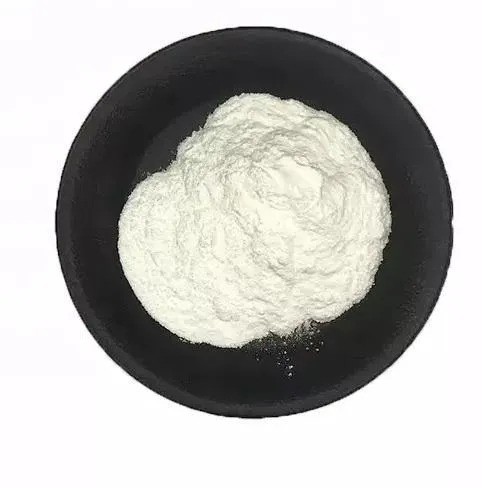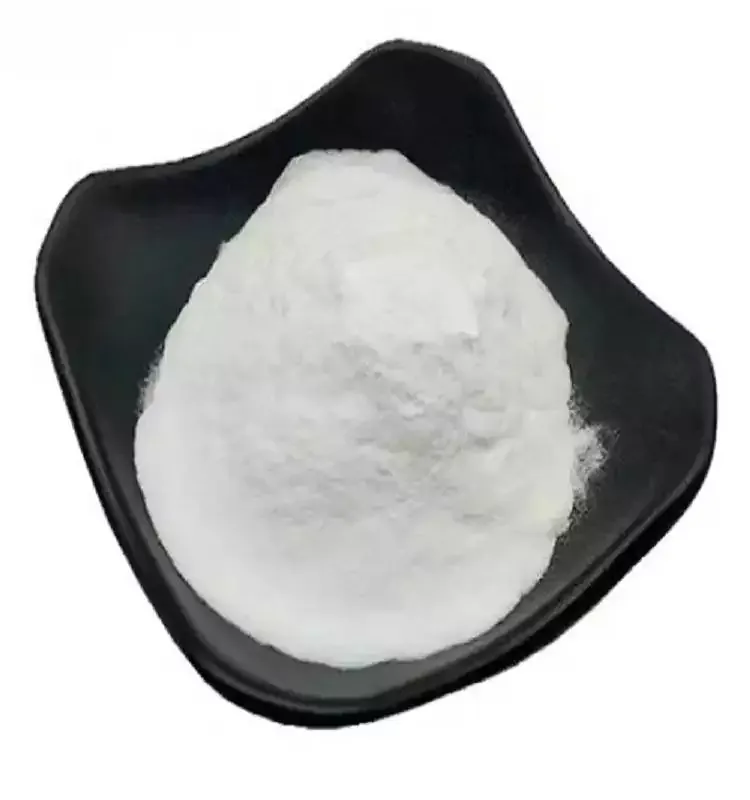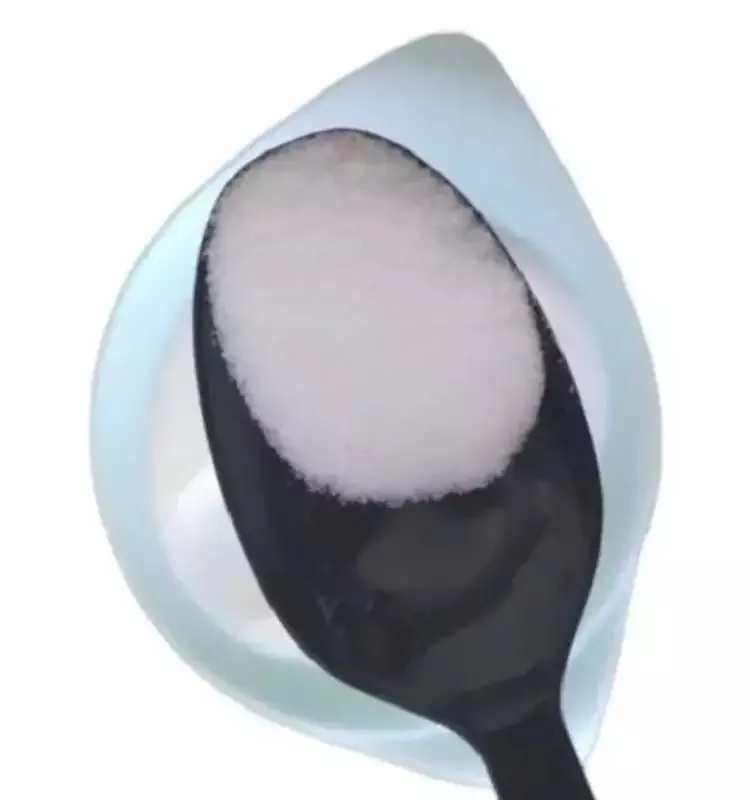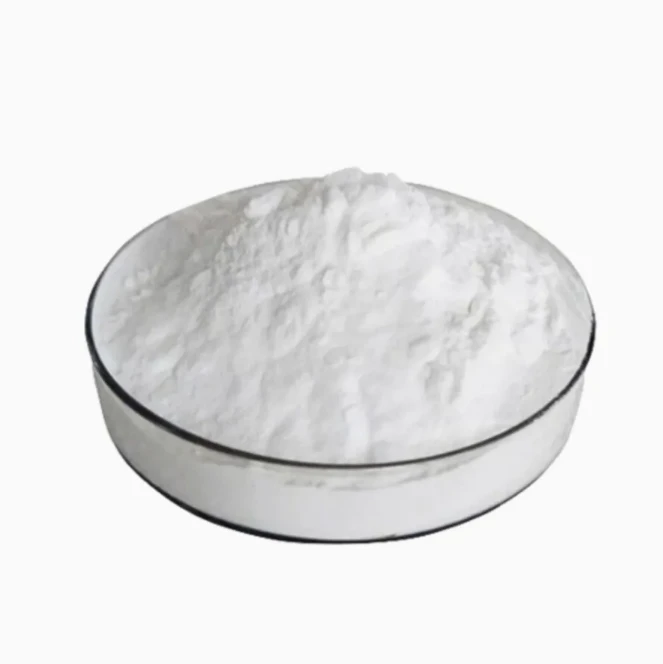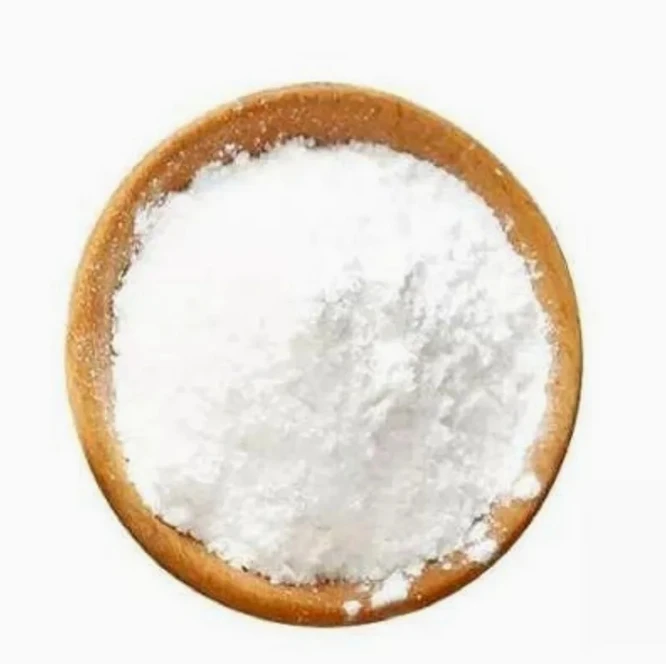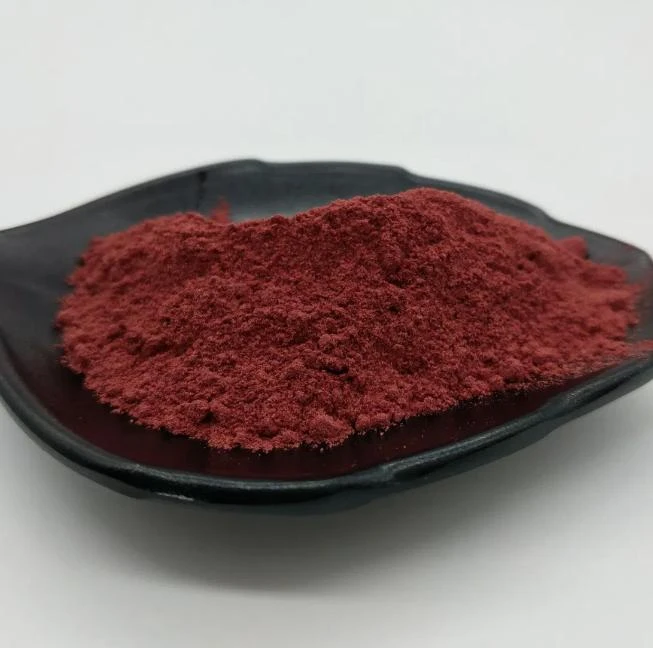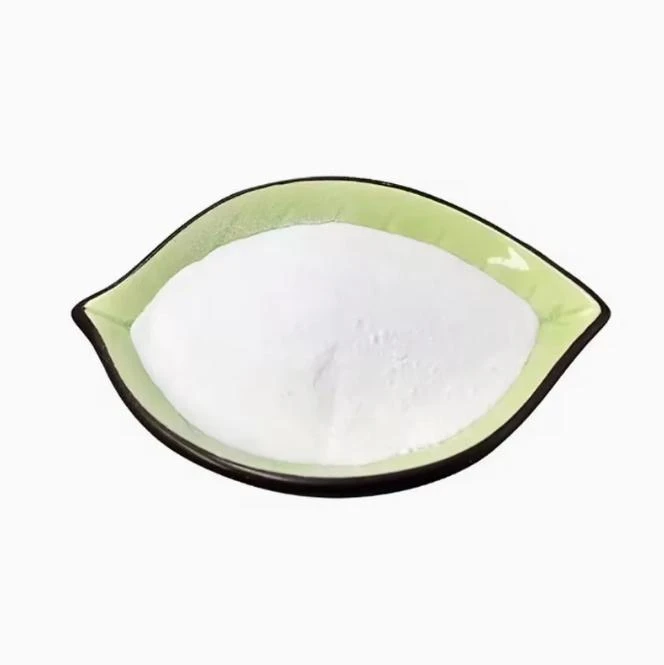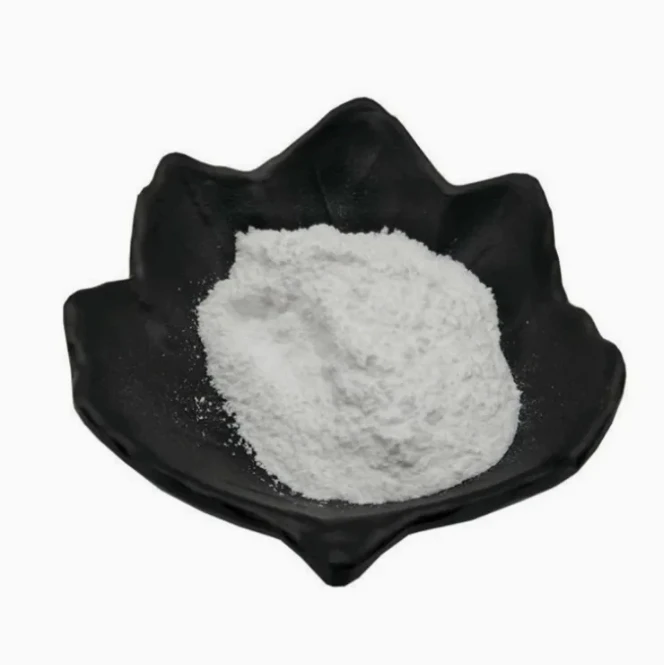Warning: Undefined array key "file" in /home/www/wwwroot/HTML/www.exportstart.com/wp-content/themes/1198/header.php on line 7
Warning: Undefined array key "title" in /home/www/wwwroot/HTML/www.exportstart.com/wp-content/themes/1198/header.php on line 7
Warning: Undefined array key "title" in /home/www/wwwroot/HTML/www.exportstart.com/wp-content/themes/1198/header.php on line 7
- ʻApelika
- Alapania
- Amahapika
- Apapika
- Ameniana
- Azerbaijani
- Pōkē
- ʻŌlelo Belarusa
- Penekali
- Ponia
- Pukalia
- ʻŌlelo Katalonia
- Cebuano
- Kina
- Kina (Taiwan)
- ʻŌlelo Kokia
- Koalia
- Keka
- Kenemaka
- Hōlani
- Pelekania
- ʻŌlelo Esperanto
- Ekekonia
- Pinilana
- Palani
- Frisian
- Kalikia
- Keokia
- Alemania
- Helene
- Kuhalaki
- ʻŌlelo Haiki
- Hauka
- ʻŌlelo Hawaiʻi
- Hepela
- ʻAʻole
- Miao
- Hunakalia
- ʻĀinahau
- igbo
- ʻInikonia
- Ipelana
- Ikalia
- Kepanī
- Kawanī
- Kanākā
- ʻŌlelo Kazaka
- Khmer
- Rwandan
- Kolea
- ʻŌlelo Kurdish
- ʻŌlelo Kyrgyz
- TB
- ʻŌlelo Lākni
- Lakiwiana
- ʻŌlelo Lituania
- ʻŌlelo Lukemapuka
- Makekoni
- Malgashi
- Mālei
- Mālealama
- Malkī
- ʻŌlelo Māori
- Malapi
- ʻŌlelo Monokolia
- Maianamara
- Nepali
- Nolewai
- Nolewai
- ʻOkitana
- ʻŌlelo Pashto
- Pelekia
- Pōlani
- Pukikī
- ʻŌlelo Punajabi
- Lomānia
- Lukia
- Sāmoa
- Gaelika Sekotia
- ʻŌlelo Serbia
- Pelekania
- Shona
- Kiniki
- Sinhala
- Kolowakia
- Kolewenia
- ʻŌlelo Somalia
- Kepania
- ʻōlelo Sunda
- Kawahili
- Kuekene
- Kakalo
- Tajika
- Kamili
- Tatar
- Keluku
- Kailani
- Tureke
- ʻŌlelo Kuleke
- Ukrainian
- Urdu
- Uighur
- ʻUzbek
- Vietnamese
- Welsh
- Kokua
- Yiddish
- Yoruba
- Zulu
CAS 92-87-5 Benzidine powder
Benzidine is a white, greyish-yellow, or slightly reddish crystalline solid or powder. The major use for benzidine is in the production of dyes, especially azo dyes in the leather, textile, and paper industries and as a synthetic precursor in the preparation and manufacture of dyestuffs. It is also used in the manufacture of rubber, as a reagent, and as a stain in microscopy. It is slightly soluble and slowly changes from a solid to a gas.It appears as white or light pink crystalline powder with a melting point of 125 ℃, the boiling point of 400 ℃, (98.7kPa) and the relative density of 1.250 (20/4 ℃). It is soluble in boiling ethanol, acetic acid and diluted hydrochloric acid, slightly soluble in ether, slightly soluble in boiling water and slightly soluble in cold water. Its color is darkened under air and light. Analysis reagents are usually benzodine hydrochloride or acetate, which is more soluble, and sulfate is commonly used in the industry. Benzidine acetate is white or nearly white crystals, being soluble in water, acetic acid and hydrochloric acid, as an indicator.
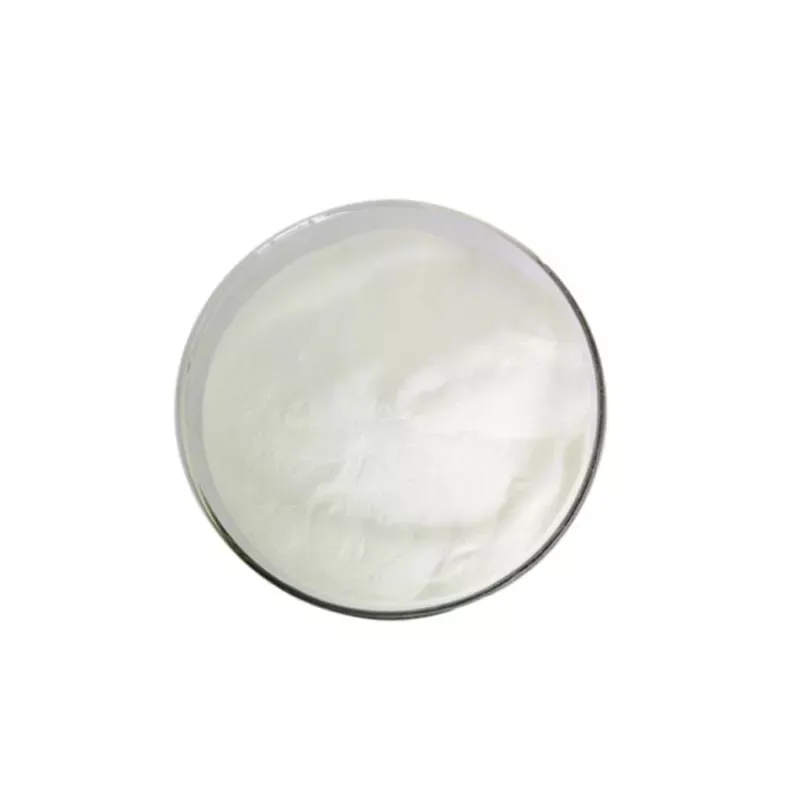
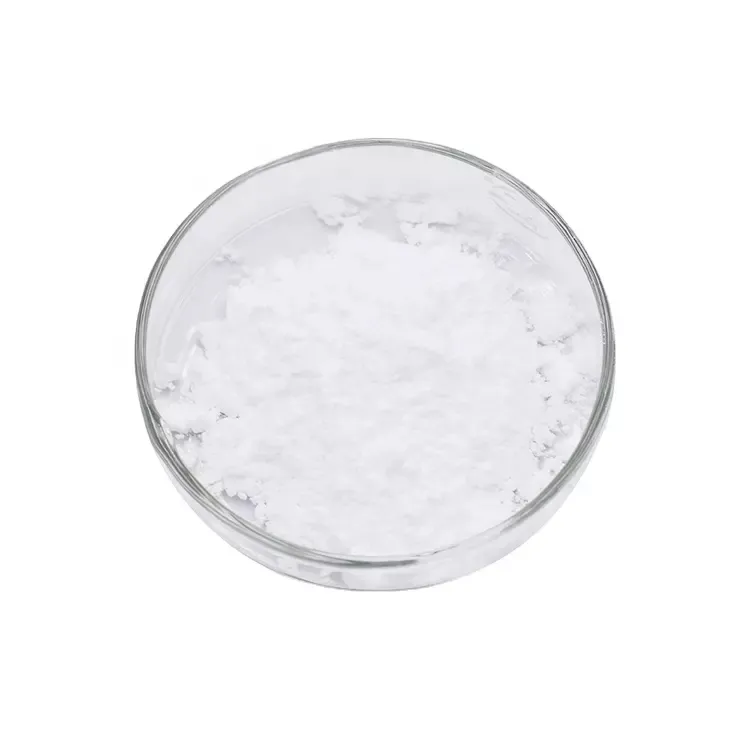


Important dye intermediates, benzidine and its derivatives can be used to make direct dyes, acid dyes, vat dyes, ice dyed dyes, sulfur dyes, reactive dyes and organic pigments. More than 250 dyes are made from benzidine, of which the most important is the direct black EW. The benzidine yellow is a widely used organic pigment.
Benzidine was used extensively in the manu facture of dyes. Because of its cancer-causingeffects in humans, its application in dyes hasbeen curtailed. Other uses of this compoundare in chemical analysis: as a reagent for thedetermination of hydrogen peroxide in milkand in the analysis of nicotine. Its hydrochlo ride is used as a reagent to analyze metalsand sulfate.
Loaʻa iā mākou nā hale hana kiʻekiʻe me ka pilina hohonu, hiki iā ia ke hāʻawi iā ʻoe i nā huahana kiʻekiʻe a me nā kumukūʻai hoʻokūkū. A hiki iā mākou ke hāʻawi i nā uku no nā kūʻai nui. A ke hui pū nei mākou me nā ʻoihana lawe ukana ʻoihana he nui, hiki ke hāʻawi i nā huahana me ka palekana a me ka maʻalahi i kou mau lima. ʻO ka manawa hoʻouna ma kahi o 3-20 mau lā ma hope o ka hōʻoia ʻana o ka uku.




| Product Name: | Benzidine |
| Synonyms: | [1,1'-Biphenyl]-4,4'-diamine;4,4’-bianiline;4,4’-biphenylenediamine;4,4’-diamino-bipheny;4,4’-diaminodiphenyl;benzydyna(polish);biphenyl -4,4'-ylenediamine;Biphenyl,4,4'-diamino- |
| CAS: | 92-87-5 |
| MF: | C12H12N2 |
| MW: | 184.24 |
| EINECS: | 202-199-1 |
| Product Categories: | Intermediates of Dyes and Pigments |
| Mol File: | 92-87-5.mol |
 |
|
| Benzidine Chemical Properties |
| Lae hehee | 127-128 °C |
| Lae paila | 402°C |
| mānoanoa | 1.25 |
| kaomi mahu | Based on the specific vapor density value of 6.36 (Sims et al., 1988), the vapor pressure wascalculated to be 0.83 at 20 °C. |
| hōʻike hoʻopaʻa ʻana | 1.6266 (estimate) |
| Fp | 11 °C |
| ka mahana mālama. | 2-8°C |
| hikiwawe | Soluble in ethanol (U.S. EPA, 1985) and ether (1 g/50 mL) (Windholz et al., 1983) |
| pka | 4.66(at 30℃) |
| kala kala | Grayish-yellow, crystalline powder; white or sltlyreddish crystals, powder |
| Hiki i ka wai | Sparingly soluble. <0.1 g/100 mL at 22 ºC |
| Merck | 13,1077 |
| BRN | 742770 |
| Henry's Law Constant | (x 10-11 atm?m3/mol): 3.88 at 25 °C (estimated, Howard, 1989) |
| Exposure limits | Because it is a carcinogen and readily absorbed through skin, no TLV has been assigned. Exposure should be at an absolute minimum. Recognized Human Carcinogen (ACGIH); Human Carcinogen (MSHA); Carcinogen (OSHA); Human Sufficient Evidence, Animal Sufficient Evidence (IARC). |
| Stability: | Stable. Combustible. Incompatible with strong oxidizing agents. |
| InChIKey | HFACYLZERDEVSX-UHFFFAOYSA-N |
| CAS DataBase Reference | 92-87-5(CAS DataBase Reference) |
| NIST Chemistry Reference | Benzidine(92-87-5) |
| IARC | 1 (Vol. 29, Sup 7, 99, 100F) 2012 |
| EPA Substance Registry System | Benzidine (92-87-5) |

1. He hale hana ʻoe a he hui kālepa paha?
He compnay mākou e hoʻohui i ka ʻoihana a me ke kālepa, e hāʻawi ana i ka lawelawe hoʻokahi. Hiki ke ʻae ʻia ʻo OEM.
2. Hāʻawi anei ʻoe i nā laʻana? He manuahi a keu paha?
Free samples.The sample's freight fee Pono e uku ma kou aoao.
3. Loaʻa iā ʻoe nā palapala hōʻoia e pili ana i ka mana maikaʻi?
ISO 9001: 2008 palapala hōʻoia e hōʻoia i ka maikaʻi.
4. He aha kaʻu e hāʻawi ai e kiʻi i kahi ʻōlelo?
E haʻi mai ʻo Pls iā mākou i ke ʻano huahana āu e pono ai, ka nui o ke kauoha, ka helu a me nā koi kikoʻī. E hana ʻia ka ʻōlelo no kāu kuhikuhi i ka manawa.
5. He aha ke ʻano o ka uku uku āu e makemake ai? He aha ke ʻano o nā ʻōlelo i ʻae ʻia?
ʻAe ʻia nā ʻōlelo hoʻouna: FOB, CFR, CIF, EXW;
Accepted Payment Currency:USD;EUR
ʻAno uku i ʻae ʻia: T / T, Western Union; Paypal, Hōʻoia Kūʻai.
ʻŌlelo i ʻōlelo ʻia: English.
Māhele huahana
-
 May . 23, 2025O-Vanillin: A rising star in the flavors and fragrances industryIn recent months, ortho-vanillin has emerged as a key player in the flavoring and fragrance space, attracting the attention of many manufacturers and consumers. This vanillin derivative is gaining popularity due to its unique properties and versatility in a variety of applications.
May . 23, 2025O-Vanillin: A rising star in the flavors and fragrances industryIn recent months, ortho-vanillin has emerged as a key player in the flavoring and fragrance space, attracting the attention of many manufacturers and consumers. This vanillin derivative is gaining popularity due to its unique properties and versatility in a variety of applications. -
 May . 13, 20252025 European Fine Chemicals Exhibition in GermanyThe much-anticipated Fine Chemicals Europe 2025 will be held in Germany from June 4 to 5, 2025. The event will bring together industry leaders, innovators and stakeholders in the fine chemicals sector, providing a unique platform for networking, collaboration and showcasing the latest advances in the field.
May . 13, 20252025 European Fine Chemicals Exhibition in GermanyThe much-anticipated Fine Chemicals Europe 2025 will be held in Germany from June 4 to 5, 2025. The event will bring together industry leaders, innovators and stakeholders in the fine chemicals sector, providing a unique platform for networking, collaboration and showcasing the latest advances in the field. -
 May . 07, 20252025 New York Cosmetics Ingredients ExhibitionThe much-anticipated 2025 Cosmetics Ingredients New York will be held at the Javits Center in New York from June 3 to 4, 2025. This event will bring together industry leaders, innovators and enthusiasts from all over the world to discuss the latest trends and advances in the field of cosmetic ingredients.
May . 07, 20252025 New York Cosmetics Ingredients ExhibitionThe much-anticipated 2025 Cosmetics Ingredients New York will be held at the Javits Center in New York from June 3 to 4, 2025. This event will bring together industry leaders, innovators and enthusiasts from all over the world to discuss the latest trends and advances in the field of cosmetic ingredients.


